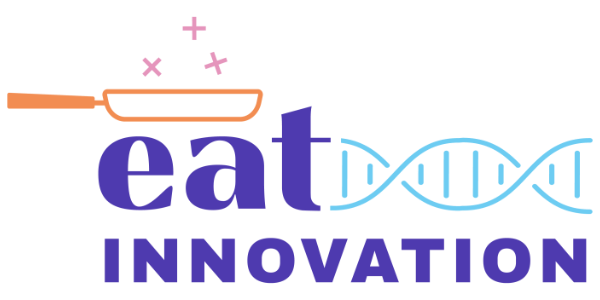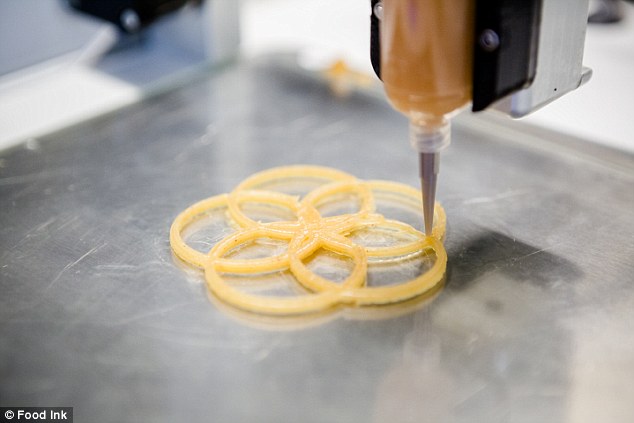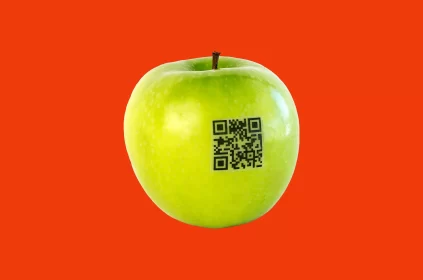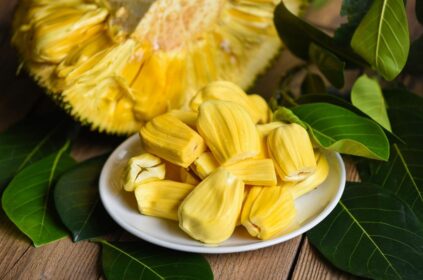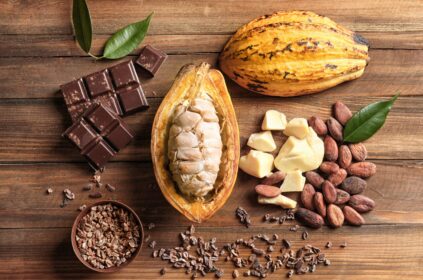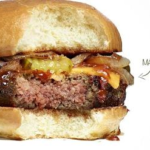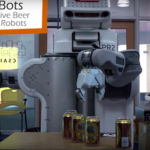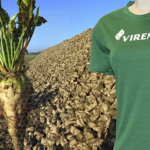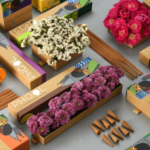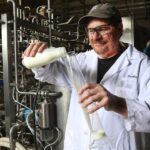3D printers are everywhere. They print clothes, houses, prostheses and even food. Yes, food. And you will print it too.
Some machines print chocolate and sugar. Science now wants to go further and print more complex preparations.
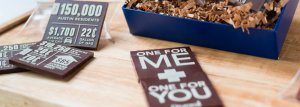
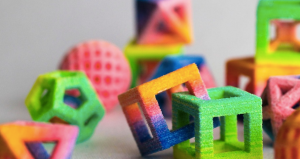
Natural Machines will market in 2016, the Foodini (pictured below), a printer for homemade meals. It will be faster and more efficient than those made by human hands. In fact, the difference between this and other printers is the ability to deal with several ingredients at the same time, which is very interesting. Initially, the machine prints cookies, pasta and bread, and then it is ready to bake. And you don’t have a lot of dishes to wash afterwards. For the future, they predict that the printer will be controlled at distance by smartphones. So when you get home, your dinner will be ready waiting for you.
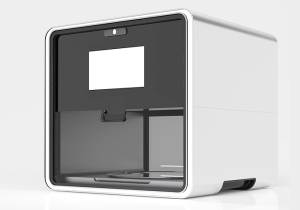
Food industries are already giving their first steps in this direction. Barilla (Italian pasta brand) leads research for mass production of pasta. Their plan is being selling pasta cartridges for restaurants printers. The cartridge have greater added value and lower shipping costs than just selling products as they do it now.
Mondelez printed fillings in their Oreo cookies based on tweets with the hashtag “eatthetweet”. Internet users were able to choose among 12 different fillings. Despite having been a single action, who knows how soon we will choose our Oreos with the combinations we want?
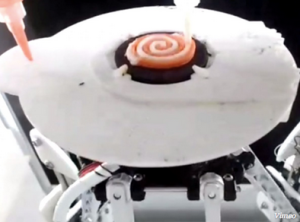
NASA is also in research process and has already developed a pizza printer. It is not a wonderful pizza from your favorite pizzeria, coming out of the oven, but it’s still pizza.
The advantages of this new market are, in addition to the opening a new world of possibilities, the generation of jobs and new careers. Have you ever thought to be chef of printed food or cartridges developer? Imagine the best use of food and better planning. Restaurants printing meals on demand, enabling meal customising. It will promote independence of critical sectors such as aircraft catering, which could print the meals in the air for each passenger. Hospitals could prepare more attractive meals to patients. We must not forget the possibilities for nutritional enrichment of the cartridges, which can improve population`s health. NASA estimates that nutritional cartridges can last up to 30 years and they invest in this sector, with the hope to bring food to the regions with lack of appropriate methods of preserving food, such as Africa, for example.
I can`t wait to see this technology everywhere!
References: Daily Meal, Fortune
